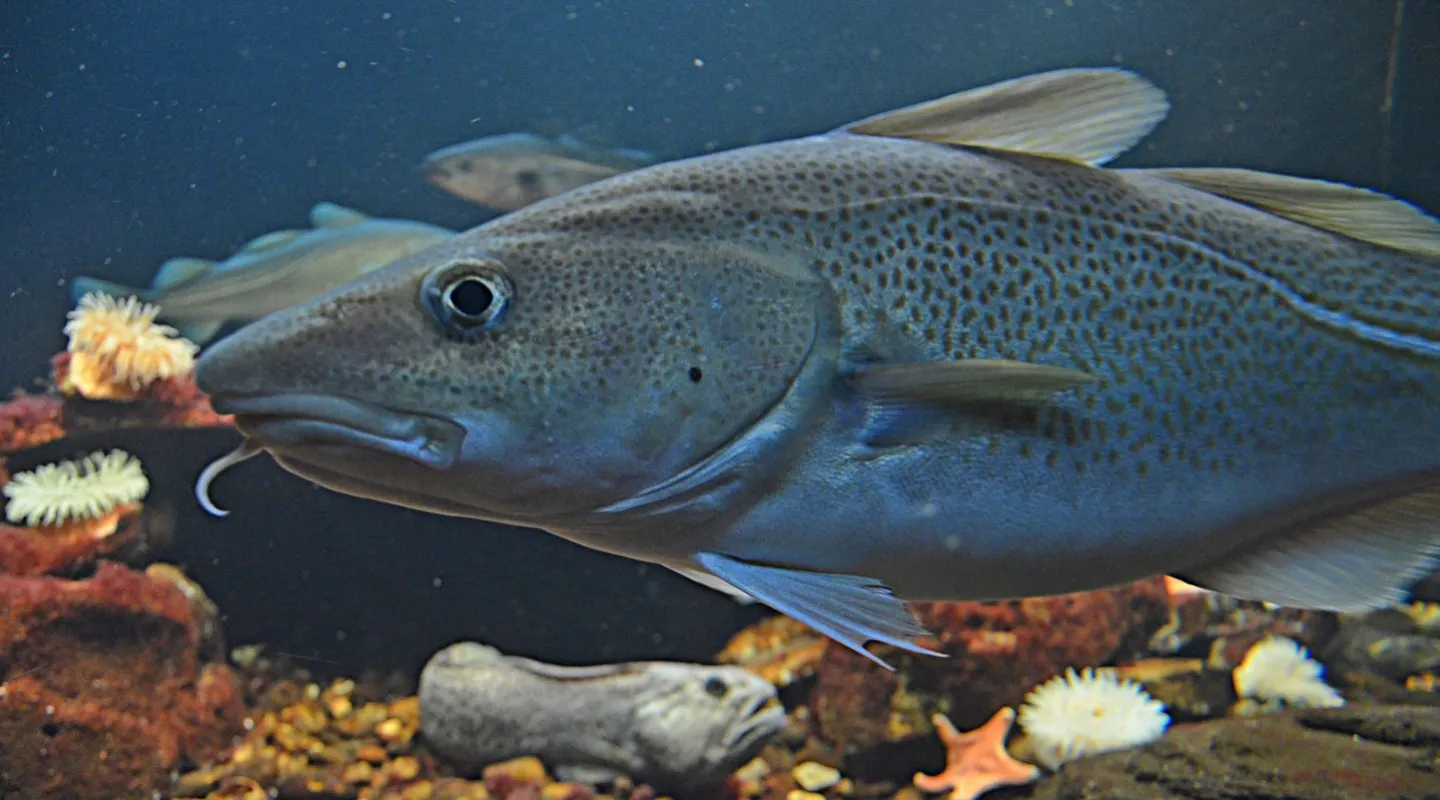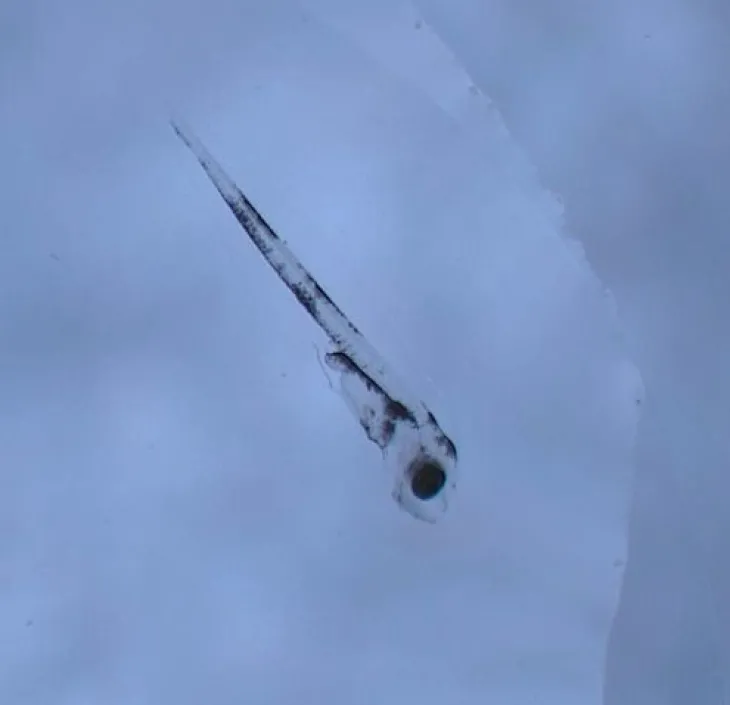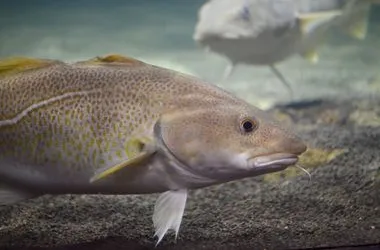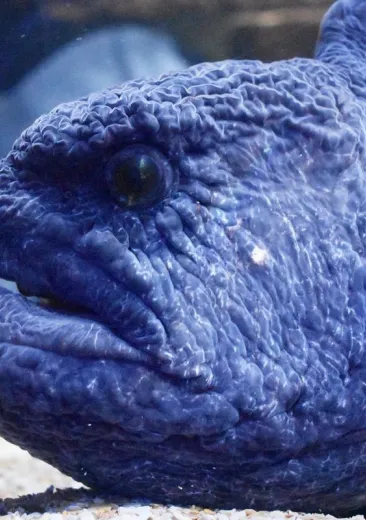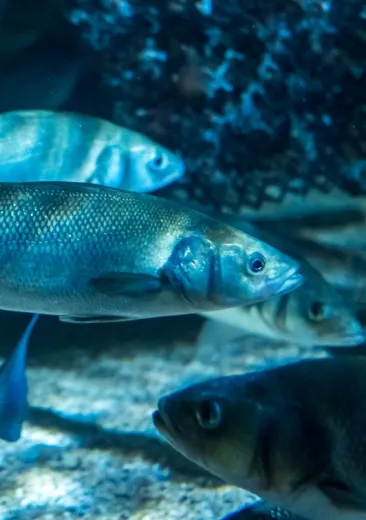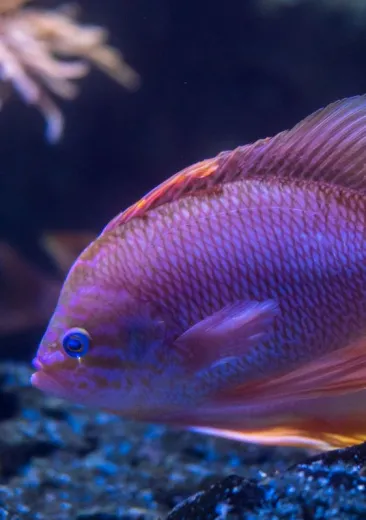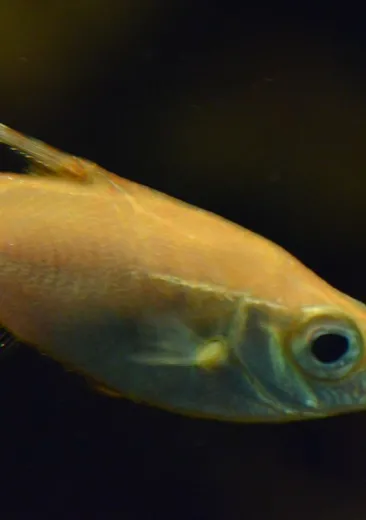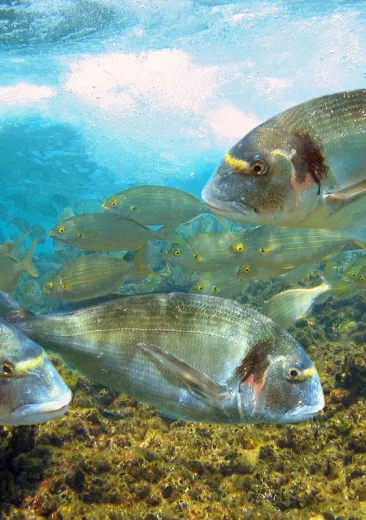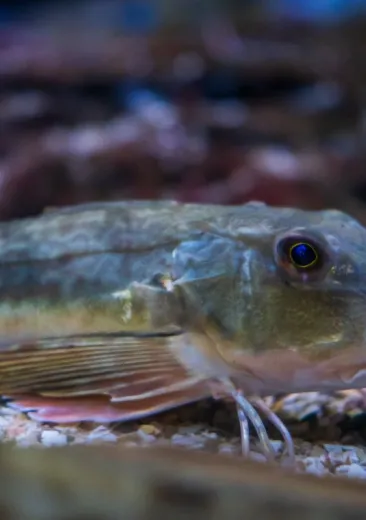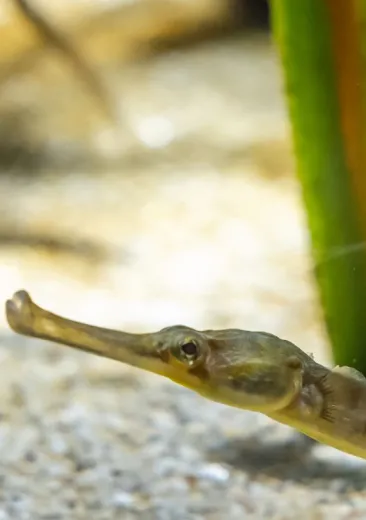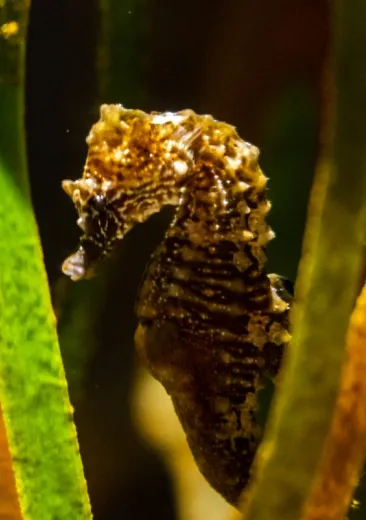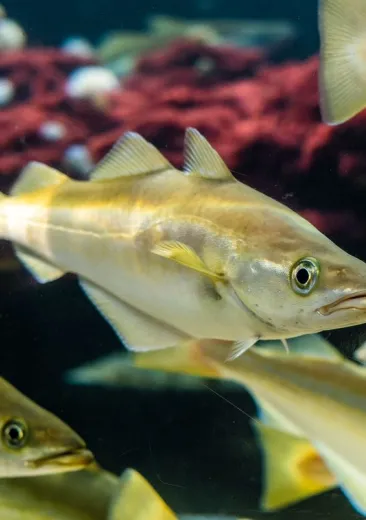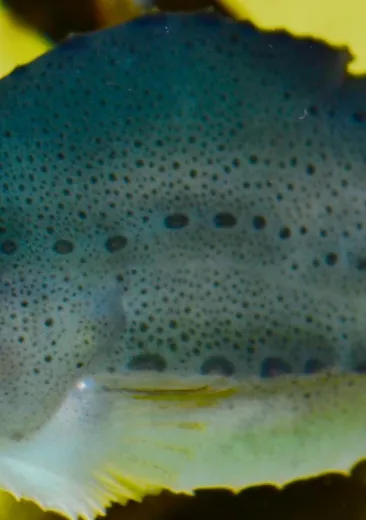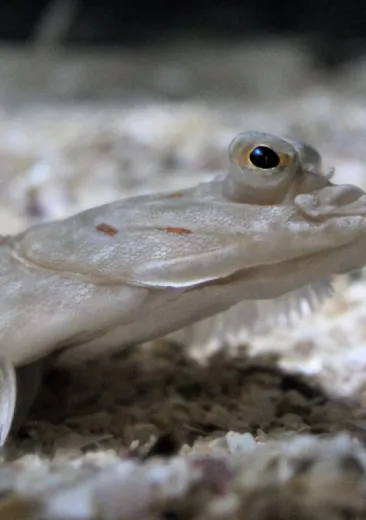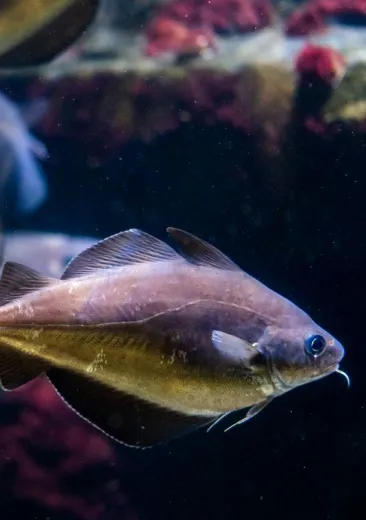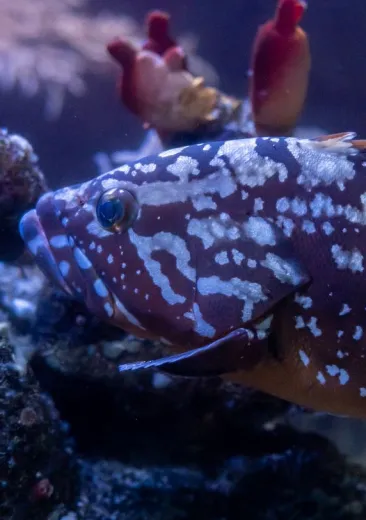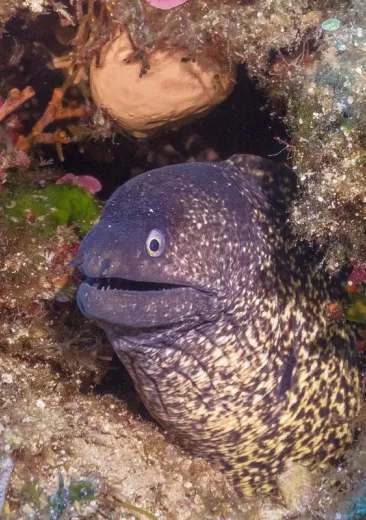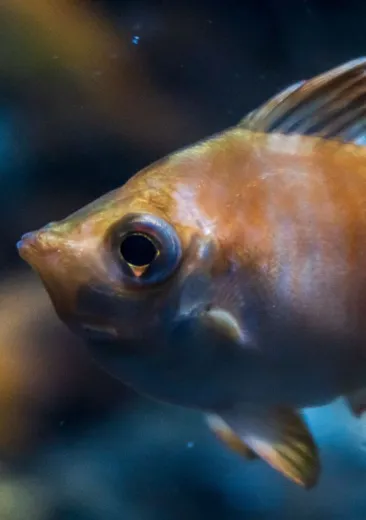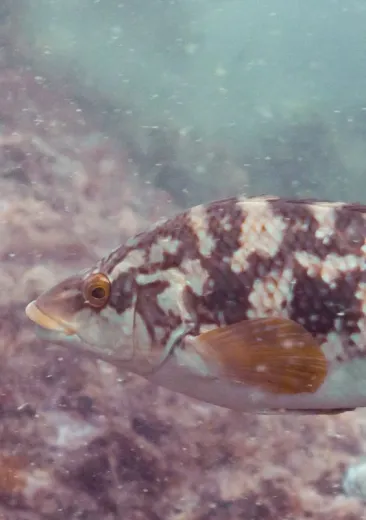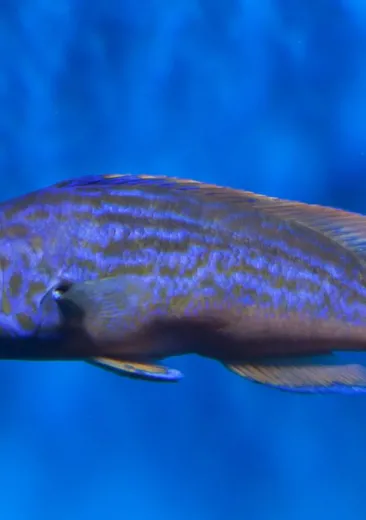A male reaches sexual maturity when it has grown to a length of 53 cm, whereas a female reaches sexual maturity when it has grown to 59 cm. Breeding takes place from February to April in the North Sea. The female can release a portion of her eggs and keep the rest: this helps her to save energy.
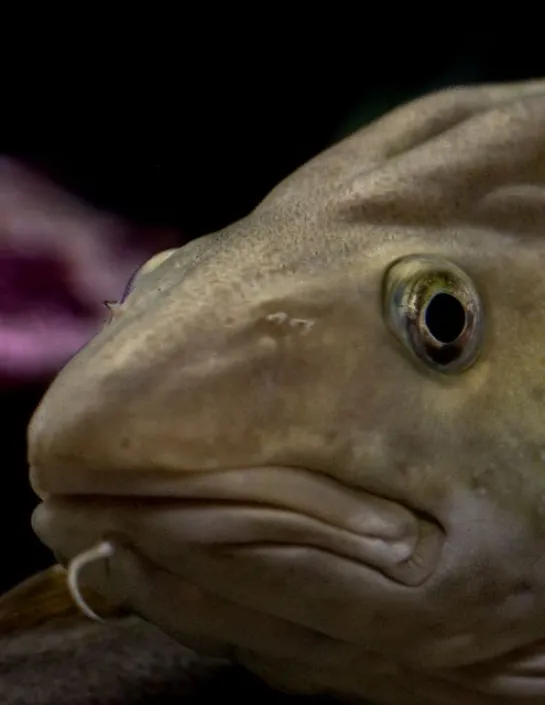
Identity card
Atlantic Cod
- Scientific name:
- Gadus morhua
- Family:
- Gadidae
- Class:
- Actinopterygii
- Phylum:
- Chordata
- Year of description:
- Linnaeus, 1758
- IUCN Status:
- Vulnerable
- CITES-status:
Non évalué
- Distribution:
-
North Atlantic waters
- Habitat:
-
Down to a depth of 600 metres.
- Size:
Atlantic cod measure between 50 and 90 cm on average, but can grow to 1.80 metres.
- Diet:
-
Fish, crustaceans or even molluscs.
- Longevity:
25 years
